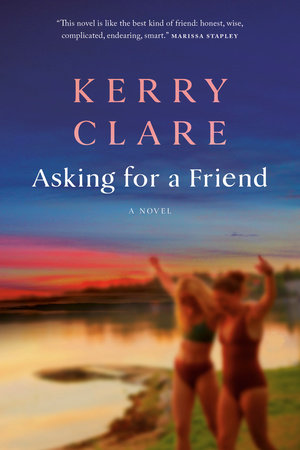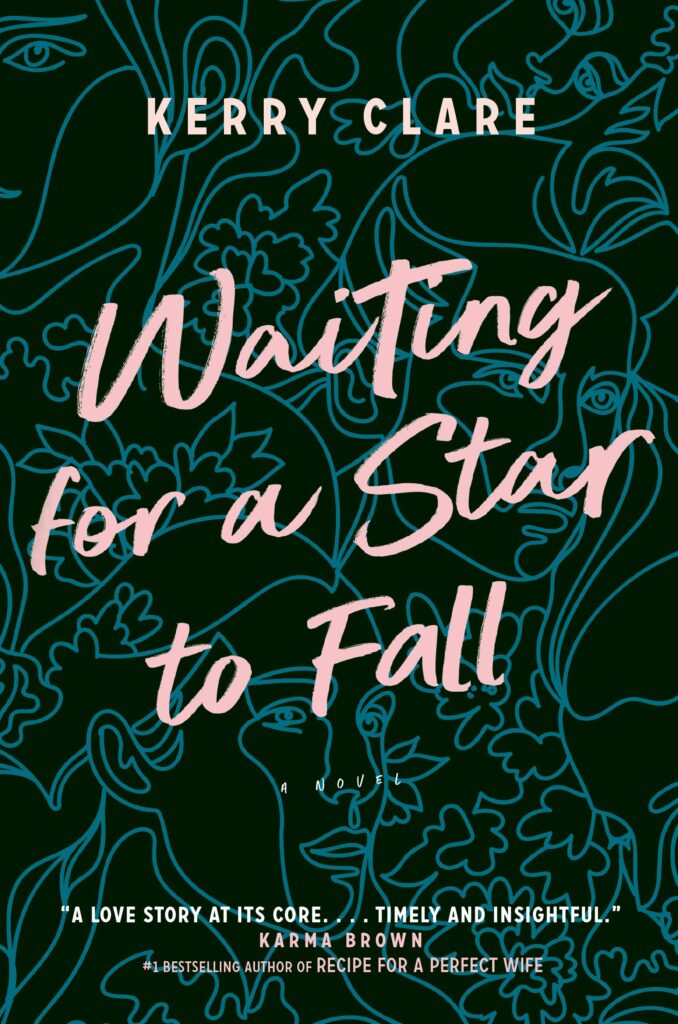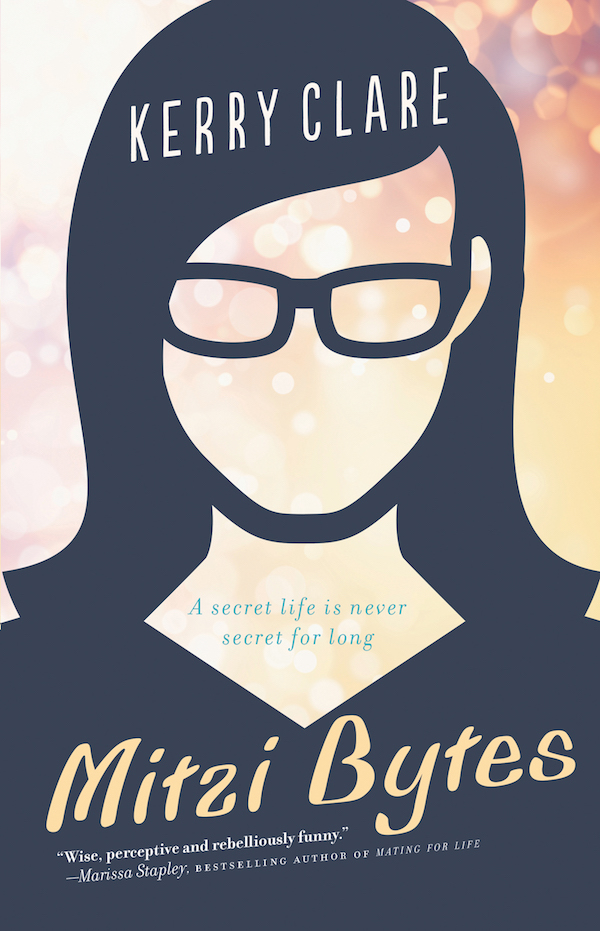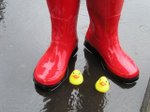January 12, 2016
The Babysitters Club, or What Comes Down Through the Ages
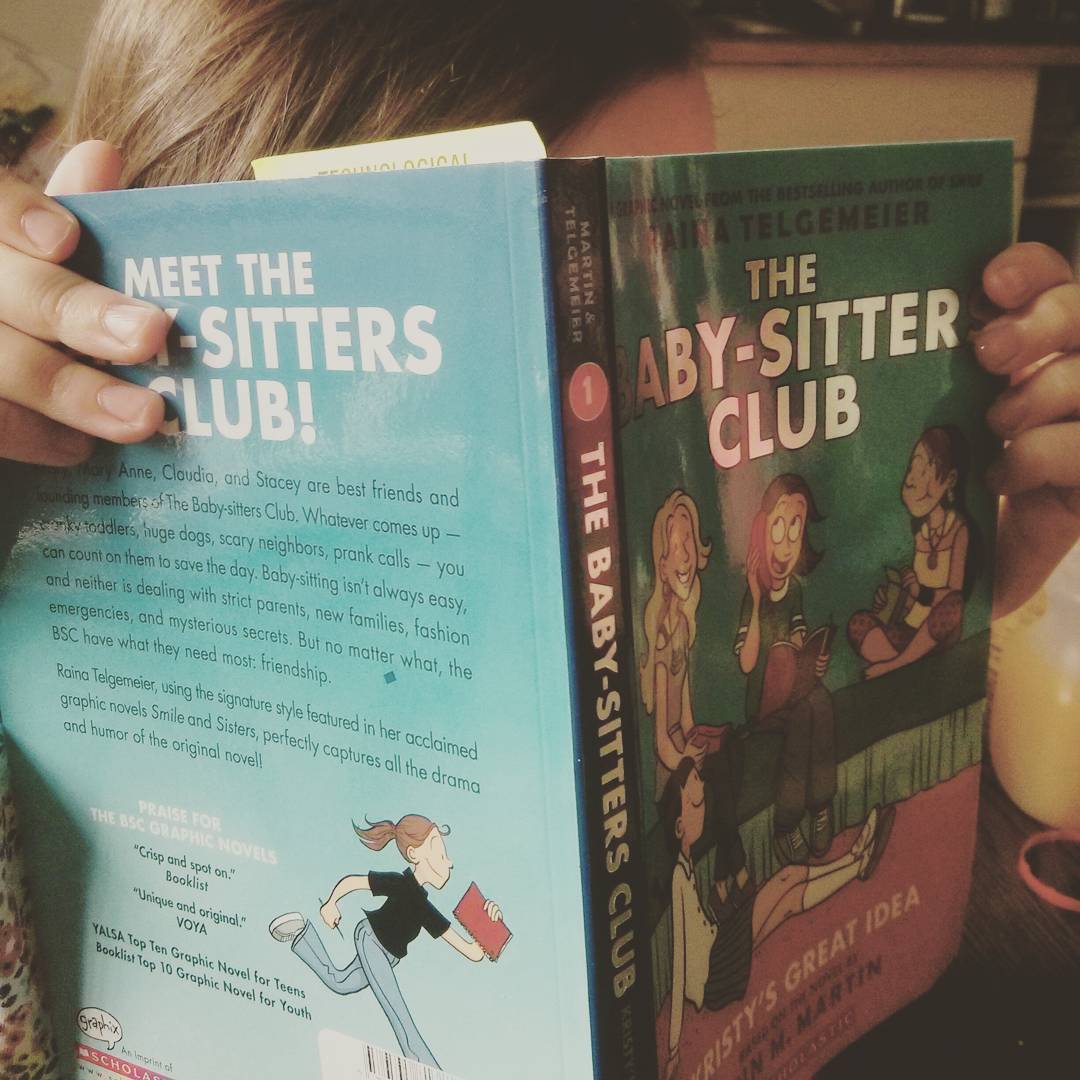
Whenever I start to worry too much about shaping my child’s cultural consciousness, I remind myself that at the age of ten I read The Babysitters Club series exclusively and that I once cried at receiving Swallows and Amazons for my birthday instead of Mallory and the Trouble With Twins. (Remembering this is why I try to read classic children’s books with my daughter, rather than expecting her to gravitate to them on her own.) I used to tick off BSC books in my Scholastic Book Order like they were going out of style, and refused to believe that they ever would go out of style. I remember a conversation with my mom about how it was a shame the books weren’t in hardcover because they fell apart in paperback and how was I ever going to pass them onto my own children the same way my mom had given me her Trixie Beldens and Cherry Ames. (I think had different ideas about hoarding then.) I recall my mom was skeptical about the books’ everlastingness.
It’s odd to realize that I was kind of right, however. The first book in Ann M. Martin’s iconic series (iconic, that is, if you were a certain kind of age in a certain type of place), Kristy’s Great Idea, was rereleased in 2006 in graphic novel form by the award-winning Raina Telgemeier, along with three other titles. Although it stayed peripheral to my experience until our friend Erin bought Harriet her own copy of Kristy’s Great Idea, and Harriet was hooked. She loved it. You can’t imagine how strange it is for your daughter to be telling you about how Kristy Thomas’s two brothers are called Sam and Charlie. That this kind of knowledge is the sort of thing that gets comes down through the ages. Who knew that The Babysitters Club would actually be a series of books that got passed on to my children?
 But it’s not really so surprising, when you think about it. There’s always been something generative about the series. The characters themselves are types, but also specific down to their accessories (or lack of them—not everyone can pull off dangly parrot earrings), and that the books were told from all their different points of view enabled readers to try on these roles for size. This is just a starting point for how readers have taken ownership of these familiar characters and their favourite books. These are characters who live beyond the page, as attested to by the popularity of Babysitters Club fan fiction communities online. The books have generated blogs including those revisiting the entire series and another exploring its characters’ tastes in fashion.The series are also Buzzfeed bait: note The Definitive Ranking of All 131 Babysitters Club Covers Outfits. Artist Kate Gavino designed a series of book covers imagining the series had it taken place in 2014. I recall a few years back someone was making notebooks out of recycled BSC book covers. Not to mention that the series was self-generating—so many spin-off series, so many…recycled notebooks. Plus board games, movies, dolls, etc. And the imitation babysitting clubs the books must have inspired as well—though I do wonder if any of these were successful. From an entrepreneurial point of view, it was not the greatest business model. As a parent it would be most inconvenient to only be able to schedule babysitters twice a week and if Kristy Thomas had been a proper capitalist, wouldn’t she have kept all the babysitting jobs for herself?
But it’s not really so surprising, when you think about it. There’s always been something generative about the series. The characters themselves are types, but also specific down to their accessories (or lack of them—not everyone can pull off dangly parrot earrings), and that the books were told from all their different points of view enabled readers to try on these roles for size. This is just a starting point for how readers have taken ownership of these familiar characters and their favourite books. These are characters who live beyond the page, as attested to by the popularity of Babysitters Club fan fiction communities online. The books have generated blogs including those revisiting the entire series and another exploring its characters’ tastes in fashion.The series are also Buzzfeed bait: note The Definitive Ranking of All 131 Babysitters Club Covers Outfits. Artist Kate Gavino designed a series of book covers imagining the series had it taken place in 2014. I recall a few years back someone was making notebooks out of recycled BSC book covers. Not to mention that the series was self-generating—so many spin-off series, so many…recycled notebooks. Plus board games, movies, dolls, etc. And the imitation babysitting clubs the books must have inspired as well—though I do wonder if any of these were successful. From an entrepreneurial point of view, it was not the greatest business model. As a parent it would be most inconvenient to only be able to schedule babysitters twice a week and if Kristy Thomas had been a proper capitalist, wouldn’t she have kept all the babysitting jobs for herself?
Anyway, it makes sense, with Martin’s wholly realized fictional world, that Telgemeier would have so much to work with in these stories, and that the graphic novels themselves would be so successful. The books are empowering and feminist (these girls may have worked as caregivers, but caregiving was their business; strong feminist role models, paging Kristy Thomas’s mother, anyone? [before she married a millionaire], and how about their author who lived seemingly single in New York City and hated to cook?), and, as I’ve made clear, most inspiring.
Perhaps we should be collecting them in hardback after all.
